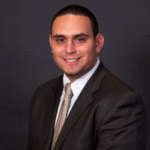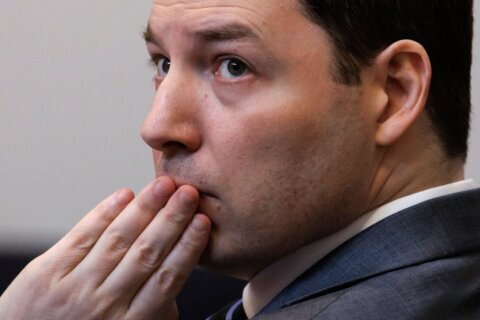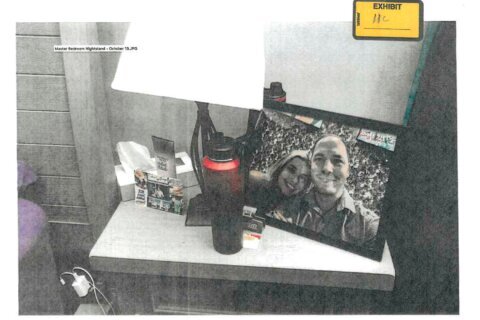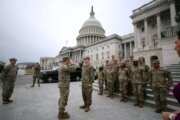A program giving eligible families hundreds of dollars in aid every month is making an impact, Chief Equity Officer Karla Bruce said during a presentation to Fairfax County, Virginia, leaders Tuesday.
The Economic Mobility Pilot initiative, which launched last October, is giving 180 families monthly $750 payments for 18 months. It’s scheduled to end in March.
The program was launched as a way to offer support to families who aren’t eligible for federal or local financial assistance but still need the help. It’s paid for by funding from the American Recovery Plan Act and the Human Services Innovation Fund.
At a Health and Human Services Committee meeting, Bruce said that regardless of how participants are spending the money, it’s proving to be helpful.
“When you hear from people, we know it’s making an impact,” Bruce said. “We know it’s been useful for individuals.”
The pilot targeted Fairfax County residents who don’t have a safety net in case of an emergency, have jobs but aren’t earning enough money, and whose income doesn’t cover the cost of essentials.
More than 2,400 applications were submitted, and the 180 families were randomly selected. Eligible families were Fairfax County residents who live in a current or future Opportunity Neighborhood, have at least one child under 16, are employed, and earn 150% to 250% of the federal poverty level, according to county documents.
“The folks in this population are really just one paycheck away from complete financial hardship,” Bruce said.
Of the participants, 58% are women, 40% are Hispanic and 25% are Black. Thirty-one percent graduated from high school or have a GED, and 19% have a bachelor’s degree or higher.
While the program is still ongoing, Bruce said the county’s been grouping participants based on the impact the funding is having on their families. Some fall into what Bruce called the stability group, using the money to help make ends meet. Those are people who “if they didn’t have it, they wouldn’t be able to pay for housing, they wouldn’t be able to pay for child care or some other sort of necessity of life.”
Participants in the mobility group are using the money to help attain a higher level of education or avoid having to work several jobs, Bruce said. The prosperity group, meanwhile, “is the group that is really sort of focused on the future. They’re able to use this money to invest in their future,” Bruce said.
“This is less about just the money in the pocket,” Bruce said. “This is an investment in individuals and families that then will enable them to climb the economic ladder.”
Another update on the program is scheduled for the spring. It will include a conversation about what would be necessary to sustain the initiative beyond just a pilot program.
Get breaking news and daily headlines delivered to your email inbox by signing up here.
© 2024 WTOP. All Rights Reserved. This website is not intended for users located within the European Economic Area.








